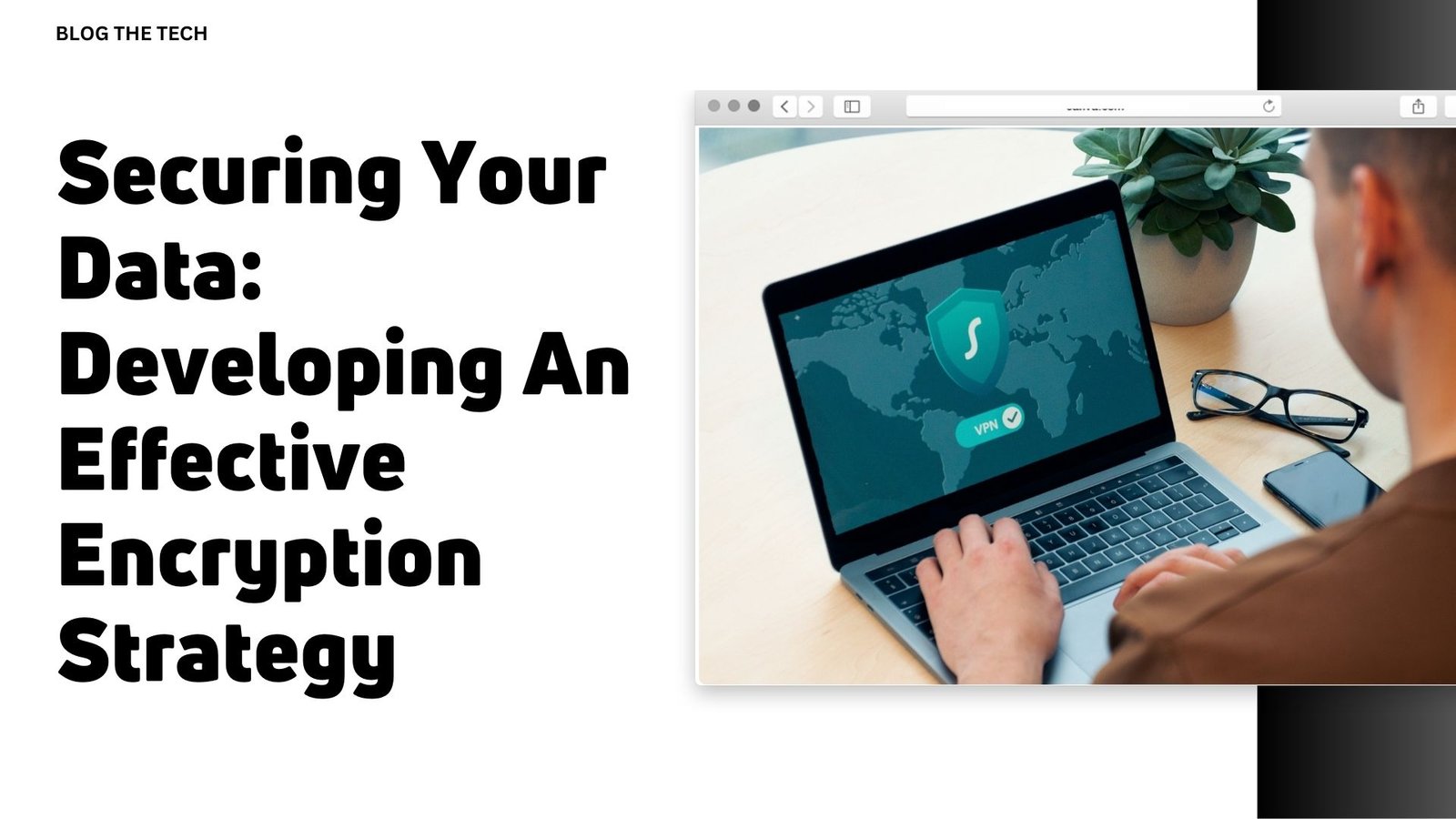Enormous amounts of monetary transactions and digital operations take place daily. The chances of financial fraud and misuse of data rise exponentially when the scale of online traffic is significantly high.
Sensing the opportunity fraudsters are devising new methods regularly to scam vulnerable users and inflict financial losses ranging in the millions to companies. Moreover, access to private data in the wrong hands may lead to a loss of reputation for users. Hence, it is essential to safeguard your technical details and financial security. Data Encryption plays a vital role in such cases
What is data encryption?
Data encryption is a security tool that transforms unencrypted data from your firm into encoded data, known as ciphertext. Preferably, only a unique key issued during encryption can adequately decode the coded text or numbers under this method.
In complicated systems, data at rest and data in transit can be encrypted. Additionally, data security systems can be used with authentication services to guarantee that only authorized users have access to your company’s data.
Ideally, symmetric and asymmetric keys are the two specific categories of encryption keys. Symmetric keys are less safe because they employ the same key for encryption and decryption. Using a symmetric key, for instance, to encrypt and send an email is more viable than more extensive processes.
On the other hand, asymmetric keys are much more secure than symmetric ones since they use distinct keys for data encryption and decryption. For example, in the same scenario of sending an email, the message is encrypted using a key, but the receiver must decrypt the message using a different key.
Data Classification: A pivotal step for Data Encryption
As per the general definition, data classification is managing data into appropriate groups to be utilized and protected more effectively. Fundamentally, the classification procedure facilitates finding and retrieving data. Data classification is essential to risk management, compliance, and data security.
Data classification entails categorizing information to make it simple to track and search for. Also, it eliminates duplicate copies of the data, which can lower storage and backup costs while accelerating search times. Although the classification process may seem complicated, your organization’s leadership must know it.
Data Encryption: Identification and Implementation
The primary step for using data Encryption is proper identification and implementation.
Use encryption software tools to encrypt your databases or specific files that hold critical information. Additionally, you may rely on standard security programs and devices like email, payment gateways, and cloud security because they provide the database encryption features needed to protect sensitive data.
Maintain track of your encryption keys and have an effective data encryption strategy so no one can access your data, even if it is stolen. You can manage and store your encryption keys using an essential management tool.

Widely Used Data Encryption Techniques
- Triple Data Encryption Standard
The Triple Data Encryption Standard, often called Triple DES or 3DES, is a symmetric encryption technique that encrypts data blocks using a 56-bit key. The Data Encryption Standard (DES) algorithm has been improved and made more secure using comprehensive data and resource management. TDES, as the name suggests, applies DES three times to each data block.
TDES ideally encrypts using programs like Microsoft Word and Firefox for the related functions
- UNIX passwords
- ATM pins
- Other payment methods
Industry experts believe that TDES is moving away from specific tools and goods in a bid to classify its system. According to NIST, AES still offers more overall security than other programs.
- Blowfish
The Blowfish Data Encryption Standard was initially intended to be replaced with this symmetric encryption technique (DES). The 64-bit block sizes used by the Blowfish are individually encrypted.
This data encryption technique is renowned for its adaptability, quickness, and robustness. Because it is in the public domain, it is also readily accessible, which enhances its allure. Blowfish is frequently employed to secure:
- E-commerce platforms
- Password management systems
- Email data encryption tools
Blowfish is one of the quickest and smallest block cyphers currently in use, converting data into ciphertext using a symmetric encryption key. Blowfish remains popular almost three decades after its creation.
- Format-Preserving Encryption
Format-Preserving is a symmetric process known for its high-end encryption. The system preserves the format and length of your data while encoding it. For instance, FPE will alter a customer’s phone number to protect the number from getting traced. In this manner, the characters are modified to protect the original data while maintaining the format and length.
FPE can be used to secure cloud management tools and software. This approach to cloud encryption is used by prominent cloud platforms like Google Cloud and Amazon Web Services (AWS)

- Rivest Shamir Adleman
Rivest-Shamir-Adleman is based on the factorization of the product of two enormous prime integers. Only someone aware of these numbers can effectively decipher the message.
Data transmission between two communication locations is frequently secured using RSA. Unfortunately, it becomes less effective when encrypting vast amounts of data. Nonetheless, this encryption technology is particularly trustworthy in delivering sensitive data because of its unique mathematical characteristics and complexity.
- Advanced Encryption Standard
One of the most common and widely used data encryption standards, the Advanced Encryption Standard, encodes data blocks of 128 bits at a time. These data blocks are encrypted using keys with lengths of 128, 192, and 256 bits.
Under this technique, Data encryption takes 14 rounds for a 256-bit key, 12 games for a 192-bit key, and 10 rounds for a 128-bit key. Each cycle includes several stages for substitution, transposition, plaintext mixing, and other operations.
AES can be used for file encryption, secure sockets layer/transport layer security (SSL/TLS), mobile app encryption, and Wi-Fi security. Additionally, AES is presently being used by your web browser to encrypt your connection to this website.
Conclusion
Any organization must implement an effective data encryption plan as a security safeguard. As we have seen, there are risks involved. Encryption algorithms and approaches must advance as computing systems continue to advance and cyberattacks get more sophisticated.
One of the best methods to protect your data in the modern workplace is to establish an efficient data encryption solution that satisfies your specific security requirements and is applied in cooperation with your IT, operations, and management teams.





